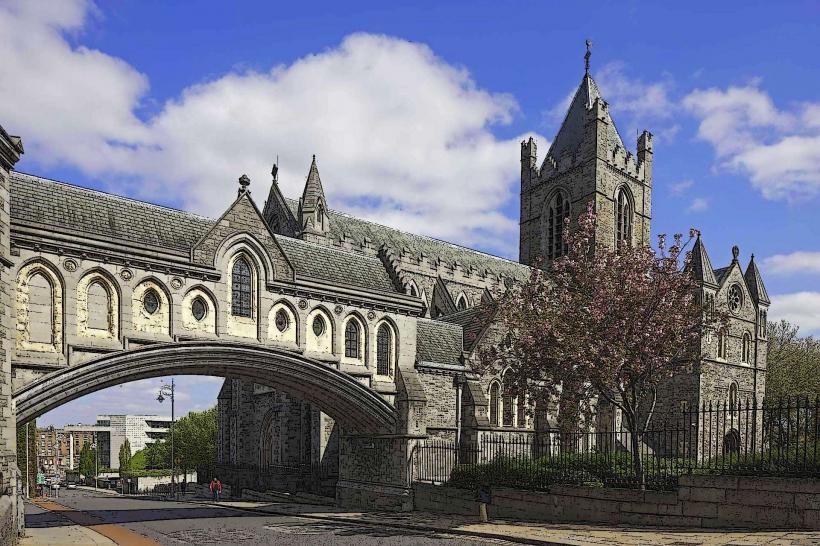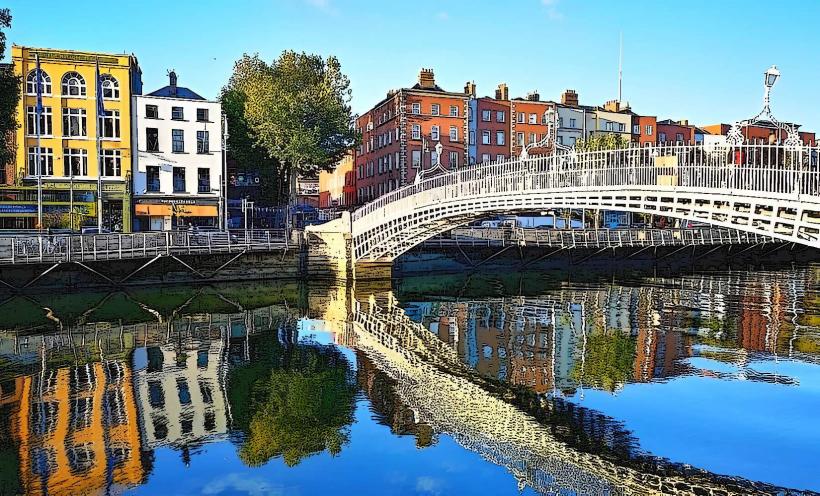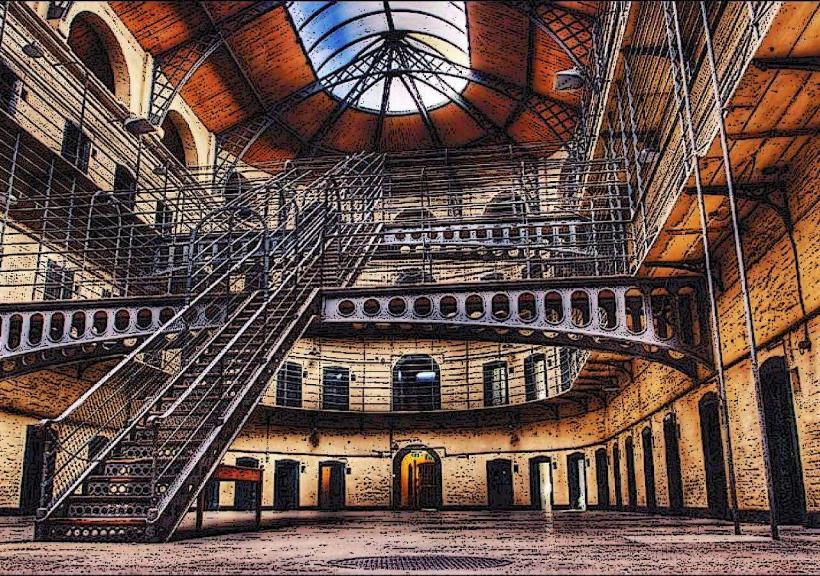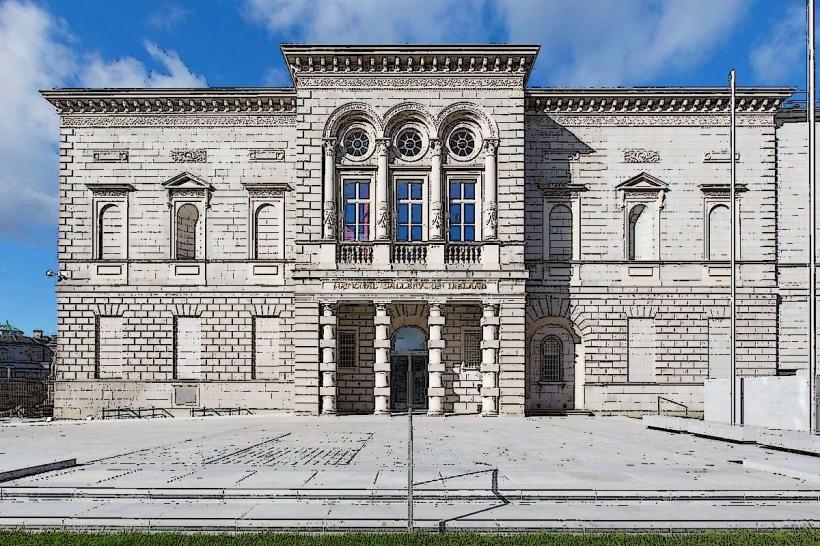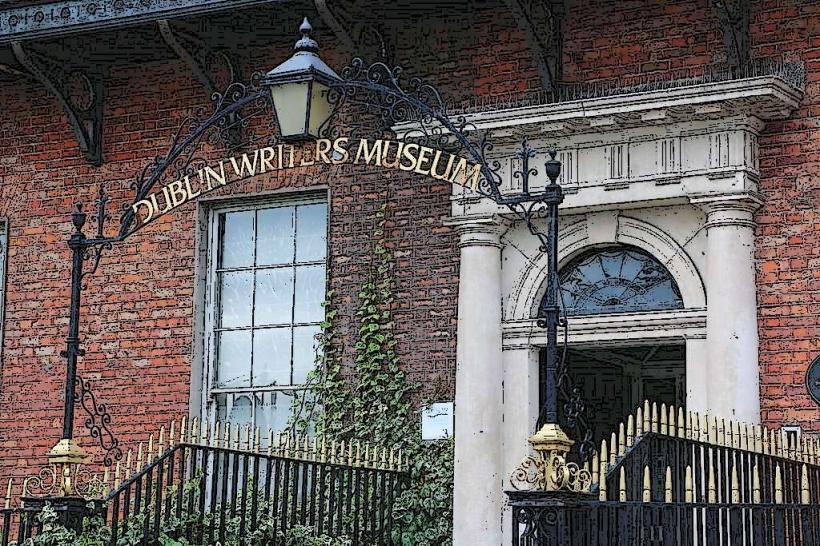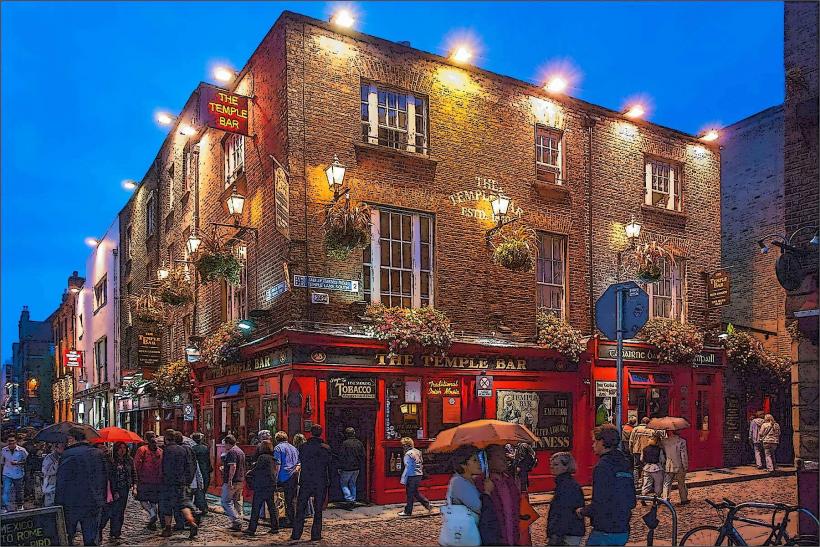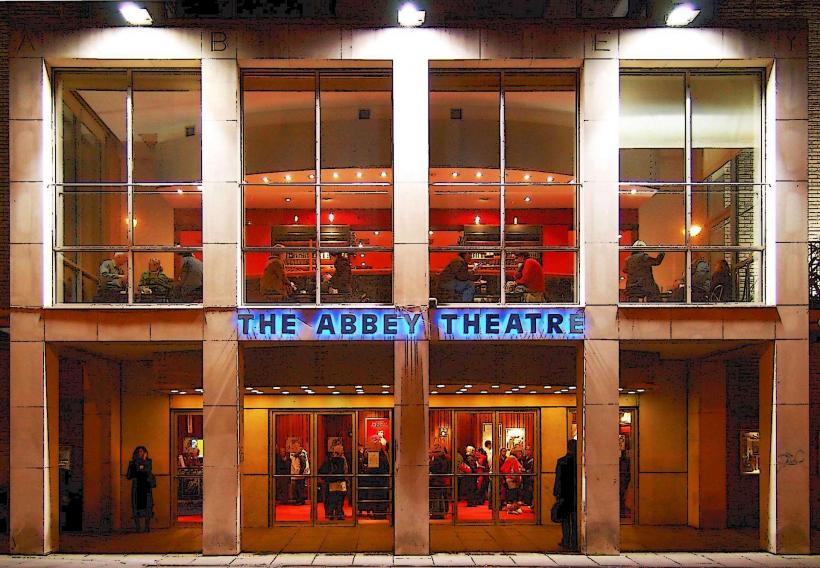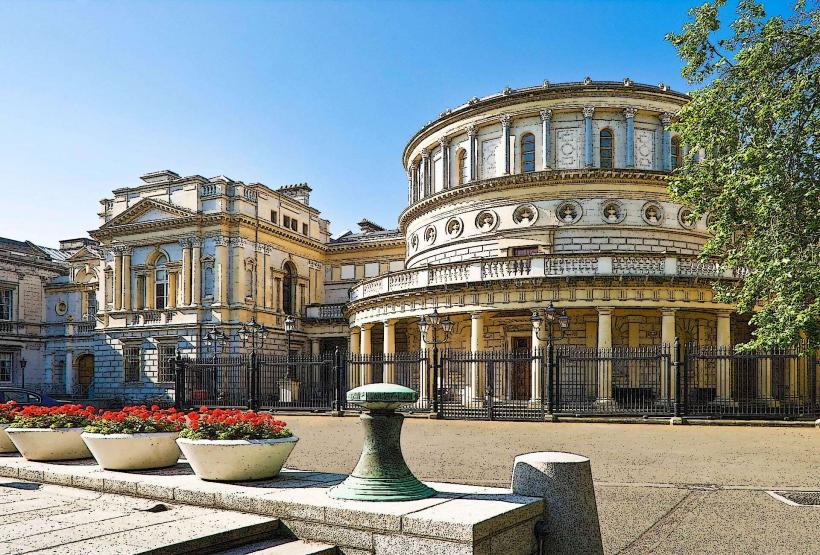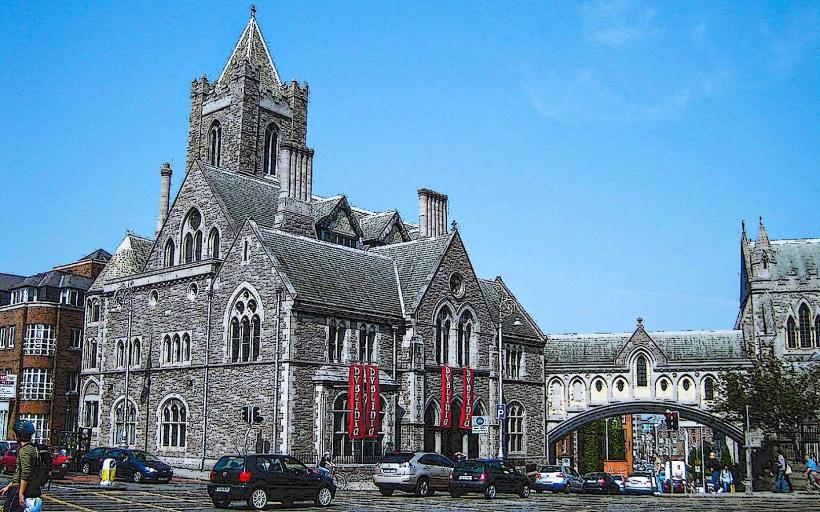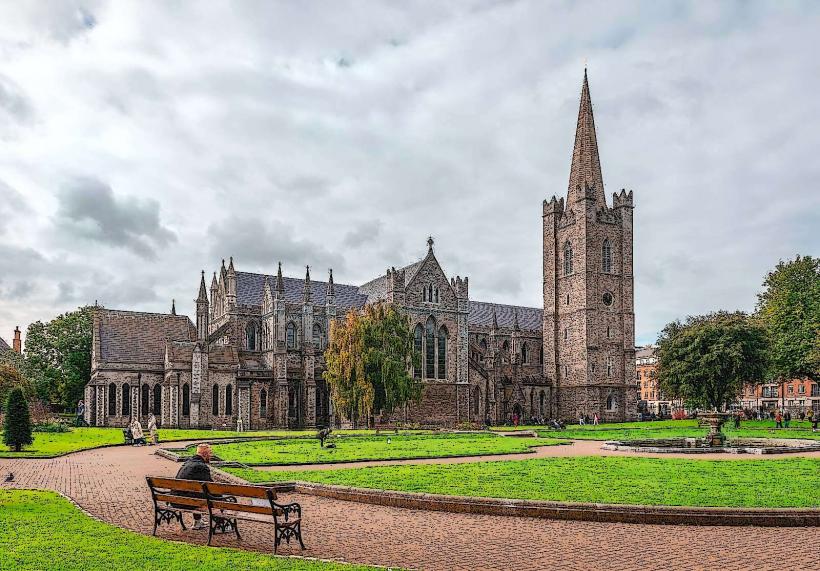Information
Landmark: Trinity College and The Book of KellsCity: Dublin
Country: Ireland
Continent: Europe
Trinity College Dublin and The Book of Kells are two of the most iconic and significant cultural landmarks in Ireland. Located in the heart of Dublin, Trinity College is the oldest and most prestigious university in Ireland, and the Book of Kells is one of its most famous treasures, a beautifully illuminated manuscript that represents Ireland’s rich history and heritage.
Trinity College Dublin (University of Dublin)
Founded in 1592 by Queen Elizabeth I, Trinity College Dublin (TCD) is Ireland's oldest university and one of the world’s top academic institutions. Its historic campus, located in the heart of Dublin, is renowned for its stunning architecture, rich tradition, and prestigious alumni.
History of Trinity College
Trinity College was established as a response to the Protestant Reformation and as a means to bring higher education to the Irish population. Over the centuries, it has been a center of intellectual thought and scholarship in Ireland. The university is famous for producing many notable figures in the fields of literature, science, and politics.
Some of Trinity’s most distinguished alumni include:
- Jonathan Swift, the author of Gulliver's Travels.
- Oscar Wilde, renowned playwright and poet.
- Samuel Beckett, playwright and author.
- Douglas Hyde, the first President of Ireland.
- Ernest Walton, a Nobel Prize-winning physicist who first split the atom.
Trinity College Campus
The campus of Trinity College is known for its elegant and classical architecture, sprawling green spaces, and academic buildings. The heart of the campus is College Green, which is surrounded by impressive buildings like the Exam Hall and the Library. The campus also houses various departments, research centers, and student accommodations.
The university is famous for its beautiful libraries, which include the Long Room in the Old Library, home to thousands of rare books and manuscripts. The Long Room itself is one of the most photographed locations in Ireland, with its high barrel-vaulted ceiling, rows of old oak bookcases, and statues of famous figures from Irish history.
The Book of Kells
The Book of Kells is a richly illuminated manuscript that contains the four Gospels of the New Testament in Latin. It is regarded as one of Ireland’s greatest national treasures and is considered one of the finest examples of insular art from the Early Middle Ages.
Origins and History
The Book of Kells was likely created around 800 AD by Celtic monks at a monastery either in Kells, County Meath, or Iona in Scotland, where the manuscript was initially produced before being moved to Kells for safekeeping during Viking raids. The manuscript is believed to have been created by multiple scribes and artists over a period of several years.
The Book of Kells is named after the monastic settlement in Kells, though its exact origin is uncertain. The manuscript is composed of high-quality vellum and contains an extraordinary amount of ornate illustrations and decorative elements alongside the sacred text. It is one of the best-preserved examples of early Christian art in the world.
The Artistic Detail
The Book of Kells is famous for its intricate and vibrant illuminations, featuring an extensive use of interlacing patterns, decorative borders, and miniature illustrations of scenes from the Gospels. The manuscript is notable for its use of gold leaf and vivid colors, which were applied with meticulous precision by monks using natural pigments. The images are drawn in Celtic and Christian motifs, including crosses, angels, and animals, often fused with intricate geometric designs.
The manuscript is divided into several sections:
- The Four Gospels: The primary text of the Book of Kells contains the Gospels of Matthew, Mark, Luke, and John, which were translated into Latin.
- The Canon Tables: A set of tables that cross-reference the Gospels, providing a guide to the parallel stories in the four accounts of Christ’s life.
- Illuminated Pages: Many pages feature elaborate illustrations, including full-page depictions of Christ, the Virgin Mary, angels, and evangelists, as well as intricate borders and decorative elements.
Iconic Pages
Some of the most famous and iconic pages of the Book of Kells include:
- The Chi Rho Page: One of the most celebrated pages in the Book of Kells, where the word “Christ” is depicted in large, ornate letters, surrounded by intricate patterns and symbolism.
- The Virgin and Child Page: A full-page depiction of the Virgin Mary and the Christ Child, showcasing the rich color and fine detail that is characteristic of the manuscript’s illuminations.
- The Evangelists’ Portraits: Each of the four Evangelists (Matthew, Mark, Luke, and John) is depicted with intricate details, blending Christian iconography with Celtic artistry.
Significance of the Book of Kells
The Book of Kells is not just a religious artifact but also an incredible example of the fusion of Christian and Celtic cultures. It embodies the high level of artistic and intellectual achievement during the early medieval period in Ireland. The Book of Kells represents the spiritual devotion of the Irish monks who created it and reflects the Christian faith that was spreading across Europe at the time.
The manuscript’s illuminations demonstrate a fusion of Celtic artistic traditions, including intricate knotwork, zoomorphic designs, and insular art, with Christian religious imagery. These elements, combined with the use of Latin, emphasize the Book of Kells as both a sacred text and an artistic masterpiece.
Preservation and Display
The Book of Kells is housed in the Trinity College Library in Dublin, where it is displayed to the public in a specially designed exhibition space. Only two pages of the manuscript are shown at any given time to protect the delicate vellum from light damage. The library is carefully controlled to ensure the manuscript's long-term preservation.
Visitors to Trinity College Dublin can explore the Book of Kells as part of a visit to the Old Library, which also houses other rare texts, manuscripts, and books that trace the history of Irish literature and scholarship. The Long Room of the Old Library, with its impressive collection of books, offers a fascinating glimpse into Ireland's literary heritage.
Conclusion
Trinity College Dublin and the Book of Kells offer visitors a remarkable journey through Ireland's rich academic tradition and artistic heritage. While Trinity College itself represents Ireland's prestigious academic history, the Book of Kells stands as one of the finest examples of medieval Irish artistry and religious devotion. Together, these treasures continue to inspire admiration and awe, serving as a testament to the cultural and intellectual vibrancy of Ireland through the ages.

